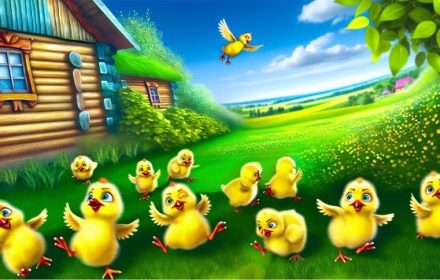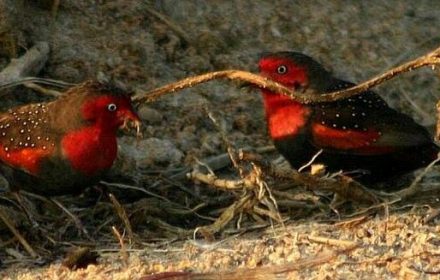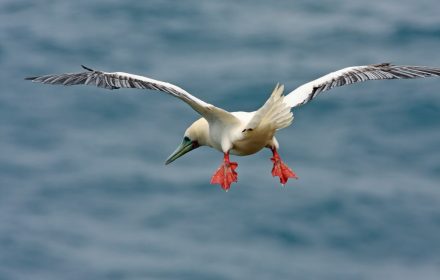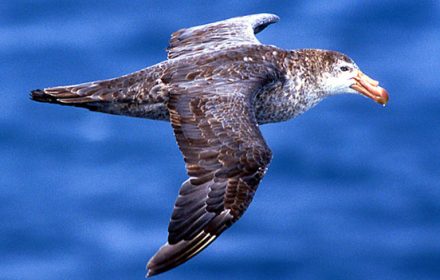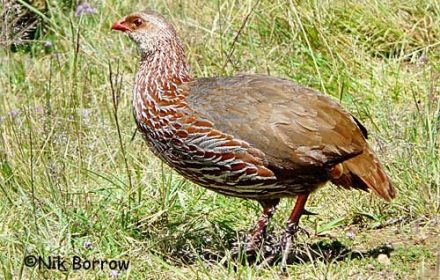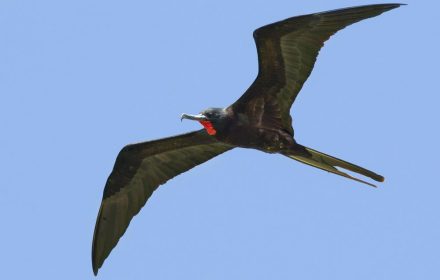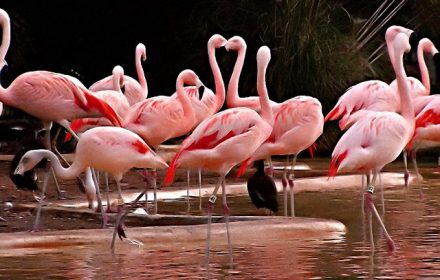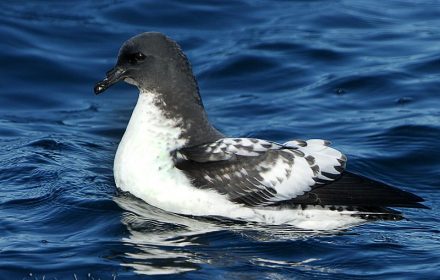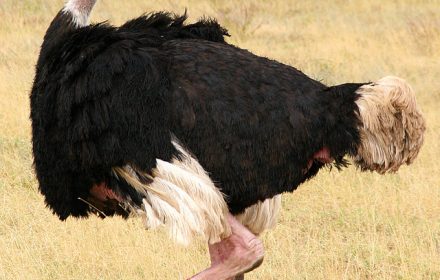You might not realize it, but chicks can start exploring the outdoors at just a few weeks old if you follow the right steps. It’s not as simple as opening the coop door, though. You’ll need to consider several factors, including weather, predators, and the setup of their new environment. By gradually increasing their outdoor time and monitoring their behavior, you can ensure they’re ready for this big transition. Curious about how to make this process smooth and safe for your young flock? Let’s explore the essential steps to prepare your chicks for their first outdoor adventure.
Birds
The spots in Kenya where people discover rare birds cover a vast ecological area from the south to the coast of the country. The species such spotted are the Waxbills, the Sandpipers and the Gulls and Terns. Often gregarious in nature and colonial seedeaters, waxbills have thick, short but pointed bills. A large, diverse family of shorebirds includes the Sandpipers whose identification is not so easy as they resemble very closely with the other ocean residents. The feathers of Gulls and Terns are either gray or white with black markings on the head. They go with the order of Charadriiformes.
Nature plays a prominent role in locating and relocating the birds in the world. Many such birds have wandered into the territories of Kenya. Ornithologists and bird lovers accidentally stumble upon them and record their findings after careful research. They are the Red-footed booby, the Egyptian plover, the Northern lapwing, the Black-winged Pranticole, the European turtledove, the Short-eared owl, the Long-tailed Nightjar, the Blue-breasted Kingfisher, and the Lowland sooty boubou. Literature about these exotic and rare birds of Kenya is so scant that serious learners would have to visit a library or the museum in the country for more information.
Kenya is a birder’s paradise. The twittering of the birds is music to their ears. It is where nature turns into a school to teach the birds’ language. Observing the nesting and feeding mannerisms of these birds is a fascination that brings unexplainable delight to experts. And it is how ornithologists detect the behavioral patterns for research and academic purposes. But very often in the midst of this melody melee and theatrics, they fail to distinguish between the birds that are indigenous but rare and the ones that are foreign to Kenya brought on by direct or indirect human intervention.
Kenya has a range of more than 1,000 species of birds. It attracts biologists and field researchers who have taken ornithology as an academic study. Although Kenyan endemic birds found exclusively in the region are few and far between, there are credible documents of the sightings of each of the species. Such reports provide detailed information on important recognition features, some behavioral traits as well as distributional points of each of the species. The endemic birds of Kenya are Jackson’s Francolin, William’s Lark, Hinde’s Pied Babbler, Taita Thrush, Sharpe’s Longclaw, Clarke’s Weaver, Tana River Cisticola, Aberdare Cisticola and Sokoke Scope-Owl.
It is said that Kenya is a birder’s paradise. However, it has lost many birds at the species level as part of evolution. Some migrate, but others just go extinct due to various external threats. Many such birds belong to the category of Hawks, Cranes, Jaegers, and Frigatebirds. But thanks to the recent attempts made to photograph and preserve the findings of the remains of the birds, people interested in the study of birds have been able to peruse the documented records. Such publications are scarce just as the birds are; however, they are readily accessible in the public domain.
Lake Nakuru of Kenya is in the province of Rift Valley. An incredible feature of the lake is the large gathering of long-necked, long-legged Greater and Lesser Flamingos. The lake is situated in Nakuru National Park and is a flamingo par excellence. Freshwater streams from the mountain surround the magnificent Lake Nakuru. They trickle through moss-covered rocks, nourishing the green leaves and long grasses sweeping low to the ground. The flamingos love to bathe and frolic in the mountain water of the streams. Then they rinse off the salt that would otherwise harden their feathers, rendering them unable to fly.
Shearwaters, Flycatchers, And Ducks Of Kenya Some of the birds in Kenya that was once abundant suddenly become nomadic due to various reasons. But people do come across them accidentally. A few species belonging to shearwaters, old world flycatchers and ducks are among them. Shearwaters Belonging to the order of…
The ostrich is closely related to the New Zealand kiwi and the Australian emu. It is the largest bird with the male growing 2 meters tall. An ostrich weighs around 200lb or 100 kg and measures 7-9ft in length. Hence, it is too heavy to fly and remains a flightless bird. But the flightless ostrich has the biggest eye of any animal. It measures 5 cm across, allowing them to see predators at very long distances. The ostrich’s wings reach 2 meters and are used to shade chicks, in mating displays, and to cover the skin of the upper legs.
Serious birders, while wandering around the Kenya’s vast outdoors have encountered birds that have been forgotten for the longest time. These nature lovers described the birds in great detail and have created accounts for subsequent research. Such birds are the Storm petrels, the Bee-eaters, the Waxbills, and other such sundry rare birds. Storm-petrels are the smallest seabirds in the world. Bee-eaters are the near passerine birds belonging to the Meropidae family. Most of the accounts on these birds are shallow descriptions about their identification features, behavior and ecology. Much research is needed to study and understand these birds in detail.

